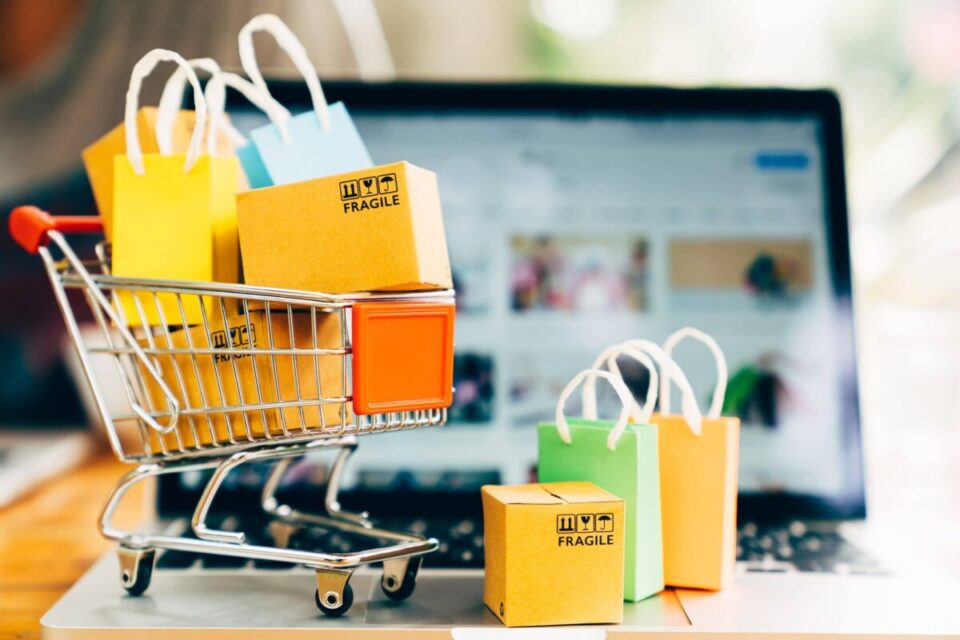The pandemic didn’t necessarily create new ways for customers and retailers to interact, but it certainly accelerated trends that have been simmering away for years. Suddenly, payment and business models that were once only available from major retailers were in every store in every town. Corner shops and street vendors that were once cash only, now prefer card. Cashierless stores popped up in large cities and will shortly start appearing elsewhere, radically changing the in-store shopping experience.
Jeremy Nicholds is Chief Executive Officer of Judopay, an enabler of mobile web and app commerce – helping companies across multiple sectors serve their customers with a better way to pay. Jeremy has previously been an Executive Director at Visa where he drove mass-market adoption of NFC Mobile payments across multiple markets and led the launch of compelling new propositions like Apple Pay.
Here he shares his thoughts on the changes to the shopping experience as a result of the pandemic.

With these huge changes in payments and shopping experiences, what remains to be seen is whether the retail industry will maintain this momentum once lockdown restrictions are fully lifted. It’s possible that instead of building on the technological advances they’ve made, retailers will slow the pace of upgrading and updating their stores, confident that people will return to shopping in-store as before.
This would be a mistake. While the retail environment has (quite drastically) changed, it was radically transforming pre-pandemic. It would be better for businesses to build upon those changes than it would be to slow down.
With this in mind, there are a few major changes that have taken place that retailers should build upon
Grab and Go Shopping Grocery and clothing stores might be ripe to go fully cashierless, but there are many retailers where that model might not work as well. Therefore, stores selling larger, more expensive items will have a much greater emphasis on one-to-one customer service and salesmanship, with employees making recommendations and guiding customers to the product that is right for them.
Typically, when a customer has chosen what they want they will go to a checkout and queue to pay for their purchase, but this doesn’t need to be the way things work. With mobile and other alternative payments methods (APMs) it is possible for anybody on the shop floor to take a payment and to schedule deliveries or inform the store’s warehouse that an item will need to be ready for pickup. This isn’t just quicker but builds a deeper bond between the customer and salesperson and empowers staff to be much more active and entrepreneurial.
Embracing Showrooming
Showrooming is where shoppers browse goods at physical stores, then buy the product at home from a retailer. It may sound counter-intuitive for customers to come in-store and then leave empty-handed, but many online retailers offer deep discounts that high street stores just can’t compete with. As is the case with consumer electronics and furniture, people will often go to see what’s available in-store, do their research or try the product out before buying online.
Thanks to new digital technology however, showrooming can drive business for a store. It’s possible to allow customers to pick products in-store, scan a barcode, pay with their phone and book delivery, save to a wishlist. Removing the hassle of having to lug around a shopping basket to carry items home. Again, mobile payments are key, with each customer’s device becoming a way of digitally interacting with a physical store.
Click and Collect gone Viral
The click and collect system has the potential to go much further, with every high street store becoming a hybrid eCommerce business offering in-store sales, click and collect and deliveries.
People shop in different ‘modes’ – some want to lazily browse until inspiration hits them, some want to hunt for bargains and some want to buy and leave as quickly as possible. For the latter, click and collect is ideal – allowing people to shop on their lunch breaks without having to wait in line to pay.
IKEA is a prime example of what can be done to blur the line between physical and digital spaces, with its huge range of delivery and pick up options leading the way on what could become normal for all stores.
Another example is itsu. Customers can order ahead and pay on the app, before then walking into store to collect their items – which are already bagged up and waiting. This means results in an average time in store of less than 30 seconds.
Shopping in a digital world
Physical stores are now likely to have a digital layer that’s possible to interact with through mobile devices. This layer is becoming more sophisticated and widespread as more retailers take note of what’s possible. Now’s the time for retailers to put their foot on the accelerator and go, rather than assuming their work is done and cruising along. Mobile technology and particularly mobile payments are going to be key, and they are where the retail sector should be looking for innovations that will take them to the next level.



